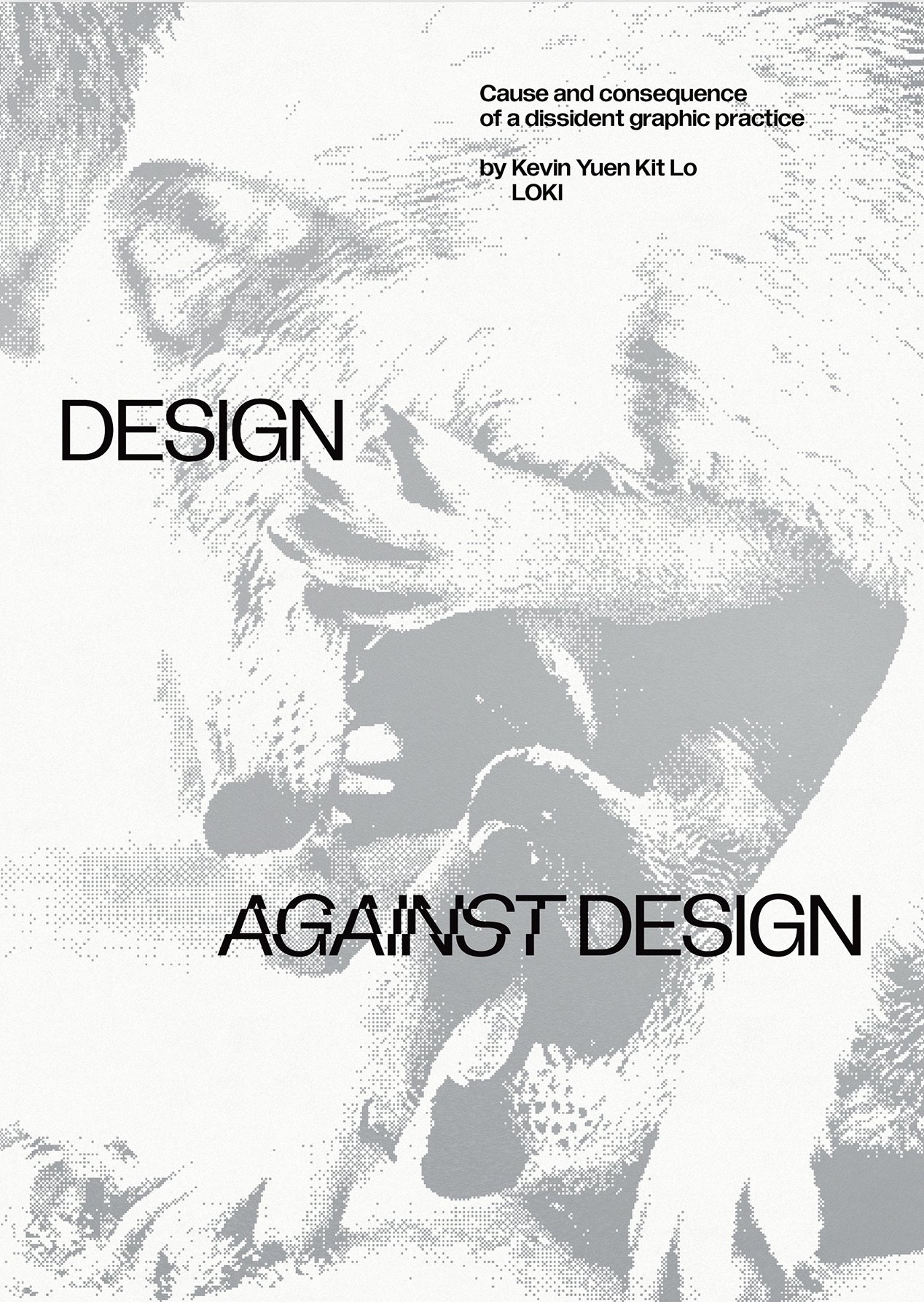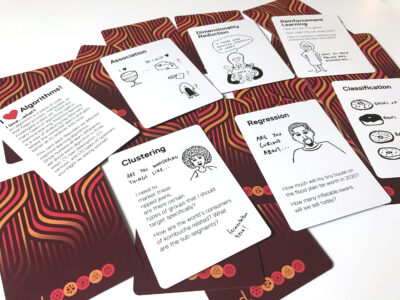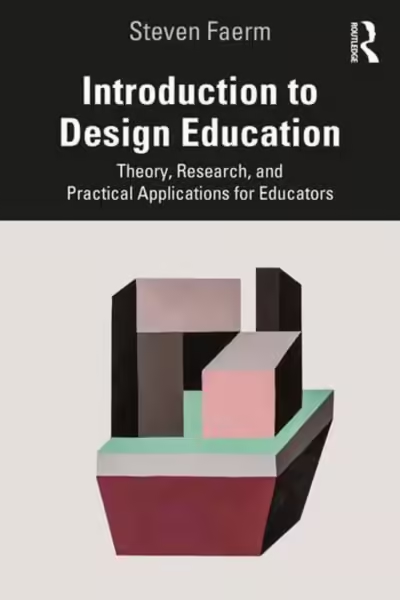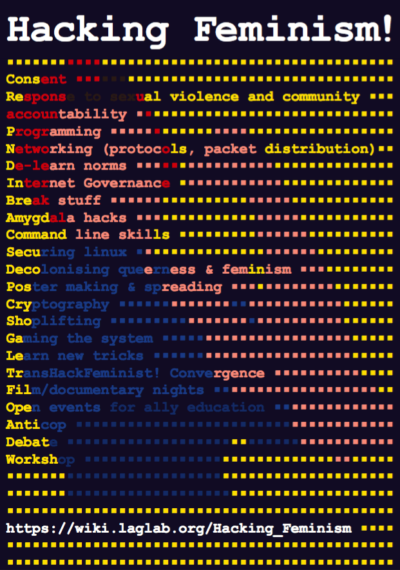“Graphic design that engages with the political often historicizes and commodifies itself; to be consumed as art in a collection of dusty Cuban posters or one more exhibition of punk graphics. In competitions and awards, it presents itself as innovative green packaging for organic products alongside government PSAs to “Get Out the Vote,” unable to understand the political beyond consumer behaviour or the operations of the state. The messiness of actual social struggles and their material conflicts are smoothed over and left as fodder for Instagram carousels. In my practice at LOKI—a design studio that works at the intersections of graphic design, cultural production, and social change—design politics are lived, negotiated and fought for in the present. LOKI is a feminist, antiracist and antifascist studio. We strive towards ideals of anticapitalism and anarchism. We believe in mutual aid and direct action. We love dogs and hate the cops… Beyond the choice of who we work with, these values guide how we work and the aesthetics we develop and employ. Designing politically is challenging, deeply emotional, and full of contradictions, and it is urgently necessary. Design Against Design draws from the working practice at LOKI to critically question what designing politically might mean today.”
https://www.lokidesign.net/en/texts/design-against-design-introduction
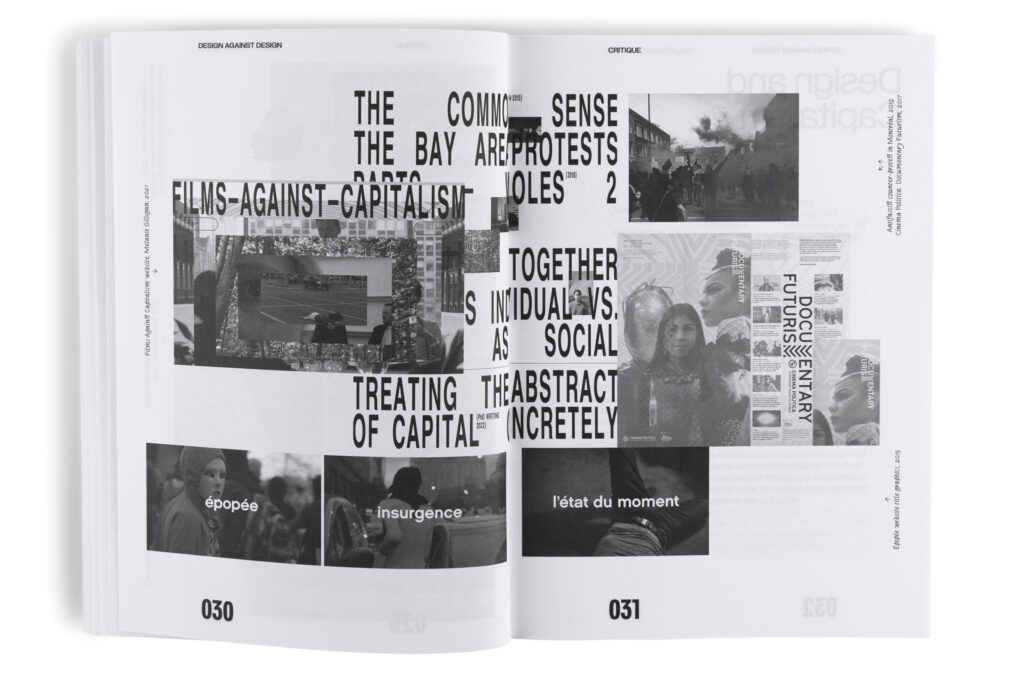
“Design Against Design is organized into four interconnected thematic sections. Critique presents a political economic analysis of graphic design in relation to neoliberal capitalism and considers practical ways to resist it. Through semiotic case studies of hipster nostalgia and Pantone’s appropriation of subcultures, this chapter asks us to take visual culture seriously, to take the trends we create seriously, and consider their real world impacts. Practice looks critically at how designers work towards (and sometimes against) social change within both a professional studio context and alongside social movements. Two interviews, one with Philippe and Nancy Vermès on the student protest posters of Atelier Populaire during May 68 in Paris, the other with Sandy Kaltenborn, founder of the Berlin-based visual communication studio Image Shift, frame these types of design practice in an attempt to position them as complementary. Materiality focuses on the craft of graphic design, on language and typography, legibility and illegibility, on the acts of speaking and making. It attempts to make evident that this book in your hands is a book, and argues for why that might matter. Conversations with the poet Kaie Kellough and our Montreal-based printers, Kata Soho, bookend the section as a metaphor for the design process, from poetic conception to material production. Autonomy considers the emotional and relational aspects of graphic design, understanding that interdependence is intricately bound to any possibility for self-determination within and beyond the discipline. I speak to design student Sarah Auches, and our client Jenn Clamen of Stella, to deepen the understanding of these relationalities.”
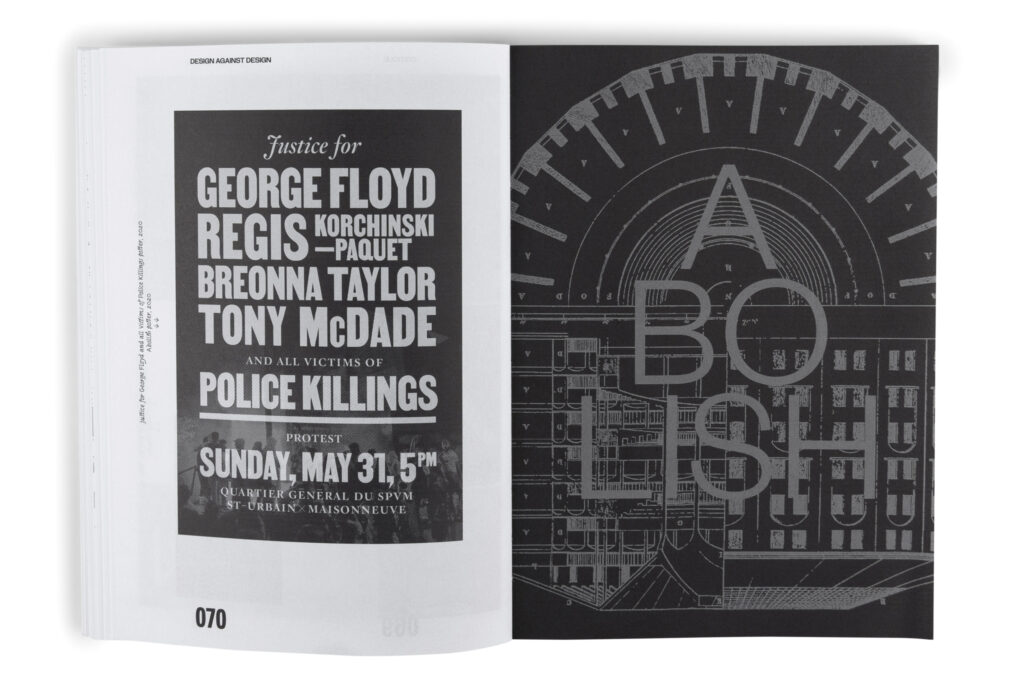
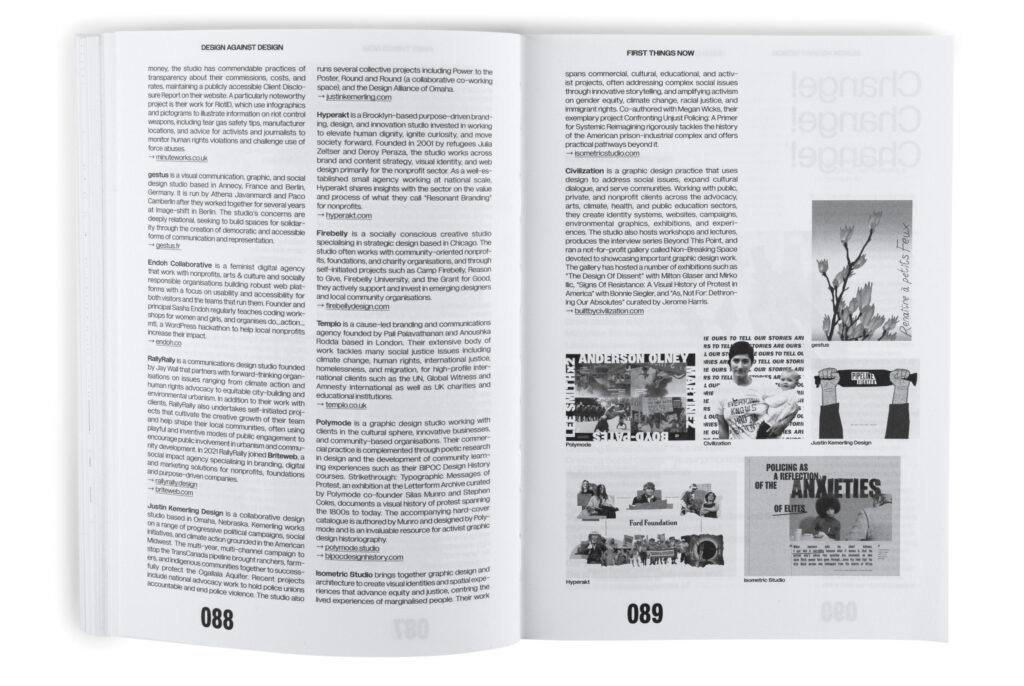
Pictures from https://www.setmargins.press/books/design-against-design
